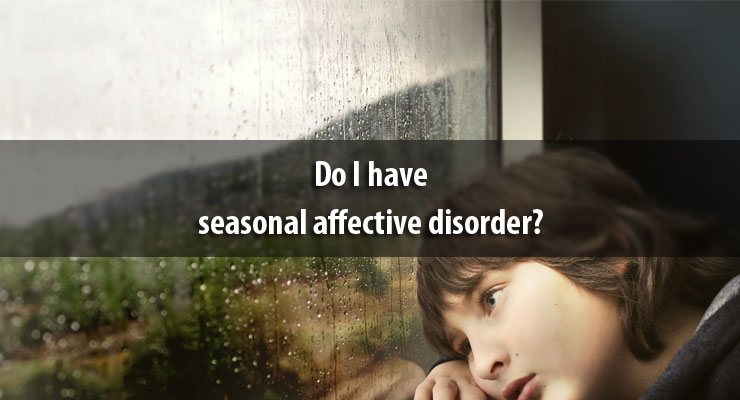The September equinox took place last month. In the northern hemisphere, this marks the first day of autumn. It also marks the day when the amount of daylight and the amount of darkness are equal. As has become apparent to most people by now, the amount of darkness each day is overshadowing (no pun intended) the amount of daylight.
While many people are negatively affected by the reduction in daylight—making them feel gloomy—as much as 3% of the population has seasonal affective disorder.
SAD is more than just what people refer to as the “winter blues”. Those who have it find it difficult to function when it rears its head.
Canadian Mental Health Association has this to say about the disorder:
“SAD can be a debilitating condition, preventing sufferers from functioning normally. It may affect their personal and professional lives, and seriously limit their potential. It is important to learn about the symptoms, and to know that there is treatment to help people with SAD live a productive life year-round.”
What causes SAD?
No one knows for sure yet what exactly causes SAD, but there is general consensus it is related to our circadian (daily) rhythms and how they react to changes in daylight amounts. In addition, some research suggests that SAD may interfere with neurotransmitter function, affecting mood, appetite, and sleep.
What are the symptoms?
SAD has symptoms in common with depression and bipolar, and as a result, can be difficult to diagnose. Symptoms of winter depression can include:
- Change in appetite, in particular a craving for sweet or starchy foods
- Weight gain
- Decreased energy
- Fatigue
- Tendency to oversleep
- Difficulty concentrating
- Irritability
- Avoidance of social situations
- Feelings of anxiety and despair
If some of the above symptoms recur for 2 consecutive winters and cannot be explained by mood or behaviour changes, you should seek a diagnosis.
Generally, those with SAD see a decrease in symptoms when spring arrives, but symptom disappearance can happen suddenly or gradually.
Symptoms of summer depression may include:
- Poor appetite
- Weight loss
- Trouble sleeping
Who is at risk?
Some research reports that as much as 2% or 3% of the general population may have SAD.
SAD tends to begin in people over the age of 20—but can occur at younger ages—and is more common with women. As well, as you age, the risk of having SAD decreases.
Naturally, SAD seems to be more common in northern countries, where the winter day is shorter.
If you’re concerned that you might have seasonal affective disorder, talk to your mental health provider. Be sure to ask about natural options for treating SAD.

